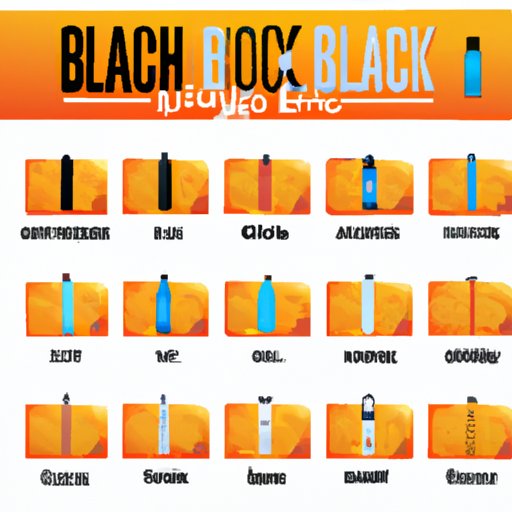Introduction
Skin bleaching is a process which lightens dark spots on the skin or evens out the overall skin tone. It can be used to treat hyperpigmentation, age spots, acne scars, melasma, and other skin discolourations. There are both benefits and risks associated with skin bleaching, so it is important to understand them before beginning any bleaching treatment.
Different Types of Skin Bleaching Products
There are several different types of skin bleaching products available, including creams, gels, lotions, and serums. Each type has its own set of advantages and disadvantages, so it is important to research and understand the differences between them before making a purchase.
Creams
Skin bleaching creams are the most common type of product used for skin bleaching. They are typically applied directly to the skin and left to absorb for a period of time. Creams are often fast-acting and provide long-lasting results, but can also be more expensive than other products.
Gels
Skin bleaching gels are lighter and less oily than creams, making them ideal for those with oily skin. Gels absorb quickly into the skin and can provide fast results, but they may not last as long as creams.
Lotions
Skin bleaching lotions are lighter and less greasy than creams, making them ideal for those with sensitive skin. Lotions are less likely to cause irritation, but may not provide the same long-lasting results as creams or gels.
Serums
Skin bleaching serums are usually water-based and designed to penetrate deep into the skin. They are often fast-acting, but may not provide the same long-lasting results as creams or gels. Serums can be more expensive than other products, but are generally considered safe for all skin types.

How to Apply Skin Bleaching Creams
Once you have selected the right product for your skin, it is important to know how to properly apply it. Here are some tips for applying skin bleaching creams:
Preparing the skin
Before applying any skin bleaching cream, it is important to cleanse the skin and remove any makeup or dirt. This will help ensure that the cream is absorbed properly and will prevent any irritation.
Applying the cream
Once the skin is clean, apply a thin layer of the cream to the affected area. Gently massage the cream into the skin in a circular motion until it is fully absorbed. Do not rub the cream too hard as this can irritate the skin.
Cleaning up
After application, rinse off any excess cream from the skin with lukewarm water. Pat dry and apply a moisturizer if necessary. Follow the directions on the product label for best results.

Tips for Choosing the Right Product for Your Skin
When choosing a skin bleaching product, it is important to consider your skin type and the ingredients in the product. Here are some tips for selecting the right product for your skin:
Know your skin type
It is important to know your skin type before selecting a skin bleaching product. Oily skin requires a lighter product, while dry skin needs something more hydrating. Sensitive skin may require a gentler formula.
Read product labels
Be sure to read the product labels carefully to make sure that the ingredients are suitable for your skin type. Avoid products with harsh chemicals such as hydroquinone, mercury, and corticosteroids, as these can cause skin irritation and other side effects.
Consult a dermatologist
If you are unsure about which product is right for your skin, it is best to consult a dermatologist. A dermatologist can assess your skin type and recommend the best product for you.
Safe Skin Bleaching Practices
In addition to selecting the right product, it is important to follow safe skin bleaching practices. Here are some tips for safely bleaching your skin:
Follow instructions carefully
Always follow the instructions on the product label carefully. Do not use more than the recommended dosage as this can cause skin irritation and other side effects.
Do not use harsh chemicals
Avoid using harsh chemicals such as hydroquinone, mercury, and corticosteroids. These can cause skin irritation and other side effects. Instead, opt for natural ingredients such as aloe vera, vitamin C, and licorice extract.
Use sunscreen
It is important to use sunscreen when bleaching your skin. Sun exposure can cause skin discolouration and increase the risk of sunburn. Make sure to use a sunscreen with an SPF of at least 30.
Conclusion
Skin bleaching can be an effective way to lighten dark spots or even out skin tone. However, it is important to select the right product and follow safe bleaching practices to avoid irritation and other side effects. Be sure to know your skin type, read product labels, and consult a dermatologist before starting any skin bleaching treatment. Additionally, make sure to follow the instructions on the product label carefully and use sunscreen when outdoors.


